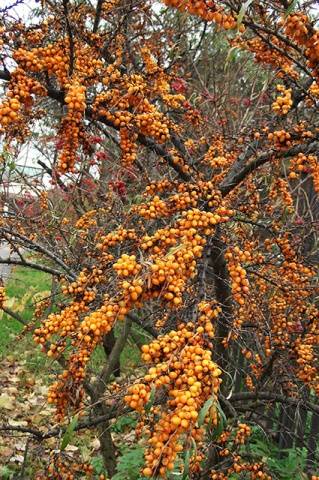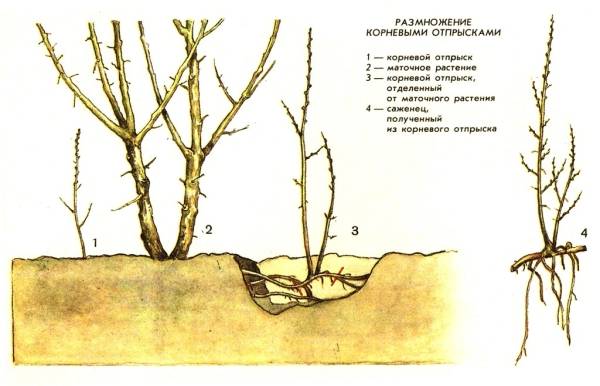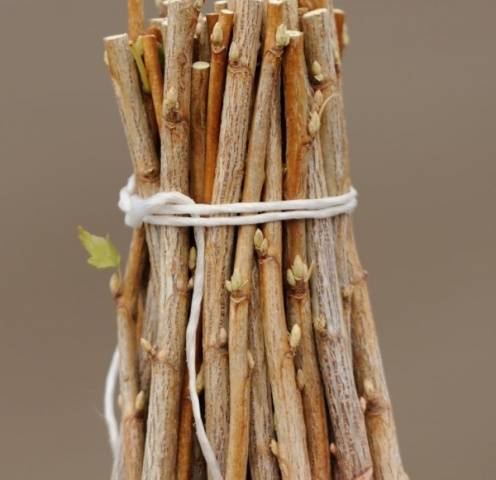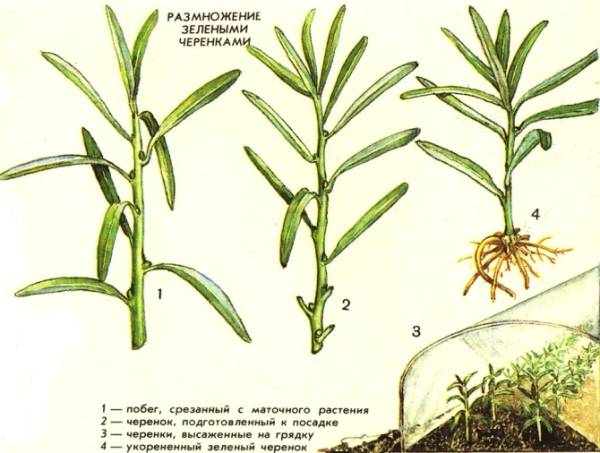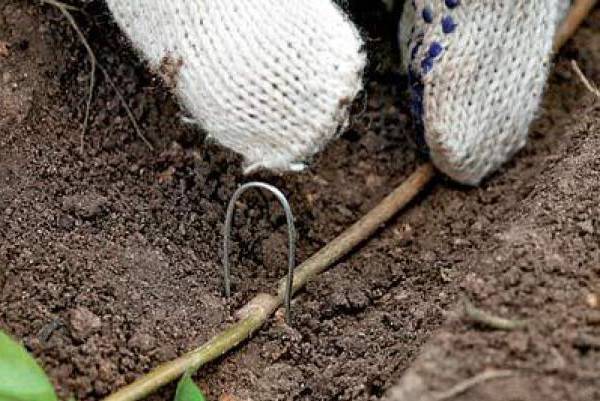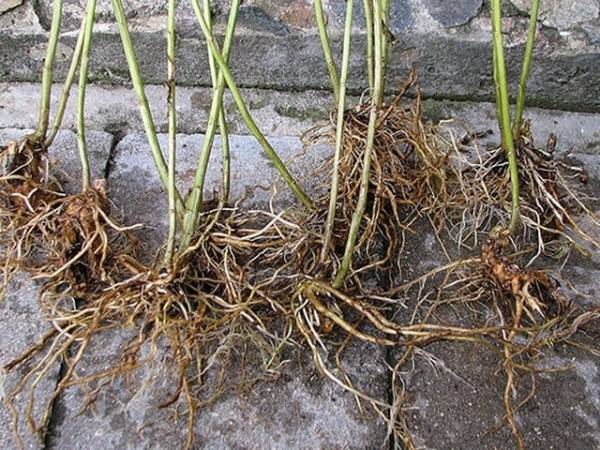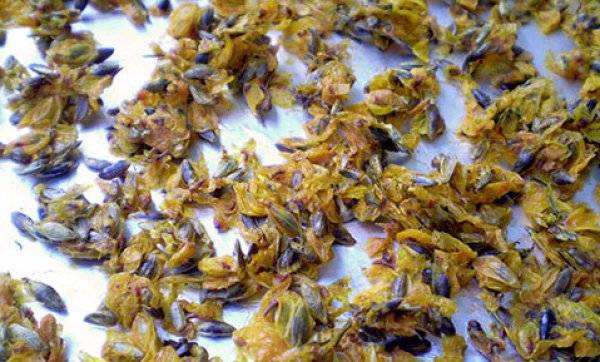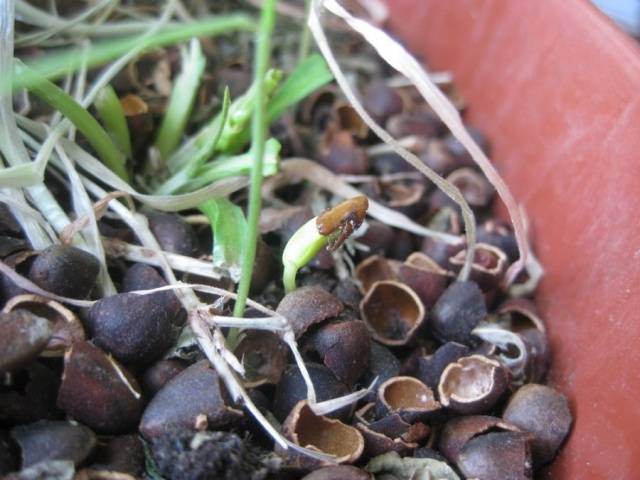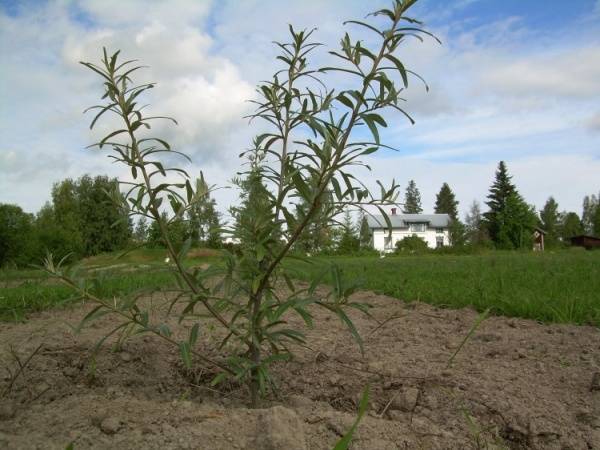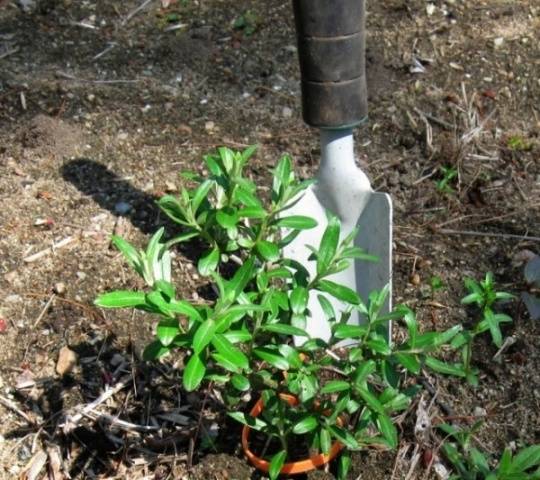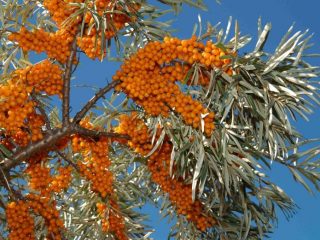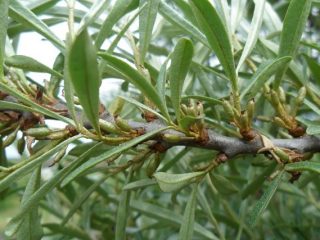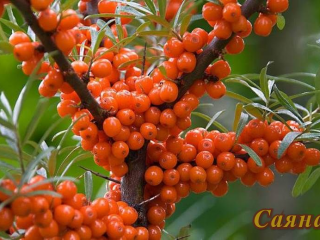Content
Sea buckthorn propagation occurs in five ways, each of which has its own difficulties and secrets. It’s easier to buy a new seedling, but it’s not always possible to find the right variety. In addition, experienced gardeners are not used to looking for easy ways and do everything themselves. In order for the reproduction process to be effective, the technology must be strictly followed.
How to propagate sea buckthorn
All existing methods of propagating sea buckthorn are suitable for almost all varieties. However, there are crops with peculiarities, for example, those that do not produce shoots. Such sea buckthorn can no longer be propagated by offspring.
There are five methods of reproduction in total:
- seeds;
- offspring;
- layering;
- dividing the bush;
- cuttings.
In order for the tree to bear fruit, male and female sea buckthorn must be propagated. There must be at least two trees growing on the site. When there were still few varieties, seeds were more often used for propagation. It is possible to determine whether a seedling is male or female only after 4-6 years by the appearance of flower buds.Growing a new tree from seeds is easy, but there is one drawback - when propagated, all the qualities of the parent variety are not inherited.
To fully preserve the parental qualities of the variety, the tree is propagated by layering or cuttings. This method is effective if a feature of the variety is the absence of shoots.
Reproduction by offspring or dividing the bush does not always help preserve parental qualities. If the tree has grown from grafting, then a completely different sea buckthorn will emerge from the root shoots.
Reproduction of sea buckthorn by basal shoots
One of the easiest ways to get a new seedling is to propagate sea buckthorn by root suckers growing near the mother bush. The disadvantage of this method is that the vegetative organ may receive injuries. The root system of an adult tree grows greatly. To cause less damage, the offspring is dug up at a distance of at least 1.5 m from the mother plant. Such shoots have already formed roots.
It is better to propagate sea buckthorn in the spring using this method, but the pits for replanting are prepared in the fall. The offspring is carefully dug in with a shovel from all sides, removed along with a lump of earth, and transferred to a new place. After transplantation, the seedling is regularly watered and fed.
How to propagate sea buckthorn by cuttings
If you need to completely preserve varietal characteristics, sea buckthorn can be propagated by cuttings, but to achieve the result you will have to put in a lot of effort.
Lignified cuttings
In order to successfully propagate sea buckthorn by cuttings in the spring, the material is prepared in the fall.At the end of November, lignified branches more than 5 mm thick are taken from the plant. Cuttings 15–20 cm long are cut from undamaged areas with living buds. The best method of preservation is to bury the material in the snow until spring.
The site for planting lignified sea buckthorn cuttings is prepared in the fall. The soil is dug up to a bayonet depth, 9 kg of compost is added per 1 m2. In the spring, the area is loosened again and the soil is leveled. For cuttings, make a bed 1 m wide; it is advisable to arrange a small hill. There are paths along the perimeter.
Further propagation of sea buckthorn by cuttings involves awakening the buds. In spring, the branches are soaked in warm melt water two weeks before planting. During this time, root buds may emerge. Planting of cuttings is carried out in warm weather, when the soil warms up to a temperature of +5O C. The twig is immersed in the ground so that 2-3 buds remain on the surface. The planted cuttings are watered abundantly, and the soil is mulched with dry humus.
To ensure successful propagation of sea buckthorn by cuttings in the spring, soil moisture is monitored daily. The material will take root only in damp conditions. Watering short cuttings is carried out daily. The soil under long branches can be moistened once every four days, but it is better not to overdry.
By the end of the season, a full-fledged sea buckthorn seedling grows from the established cuttings. Next spring it is transplanted to a permanent place. A seedling with a root length of 20 cm, a stem height of 50 cm and a neck thickness of 8 mm is considered good.
The advantage of the propagation method is the simplicity and preservation of the varietal qualities of the mother bush. The disadvantage is the low survival rate of cuttings in a dry spring.
Green cuttings
Sea buckthorn is more difficult to propagate by cuttings in the summer.The material is green twigs cut from the plant in June or July. The length of the cuttings is about 10 cm. The upper and lower cuts are made on the branches with a sharp knife. A heteroauxin tablet is diluted in one liter of water and the prepared planting material is soaked for 16 hours.
Further propagation of sea buckthorn by green cuttings involves preparing the planting site. The soil in the garden bed is made light with a lot of peat. Set up a reliable transparent shelter. A glass jar or film can act as a greenhouse.
After soaking, the branches are washed with clean water and buried 4 cm into the soil. Watering is carried out with a weak solution of potassium permanganate to protect against blackleg. Green cuttings are kept under cover until complete engraftment. The seedling is transplanted to a new place after a year.
Experienced gardeners talk on video about propagating sea buckthorn by cuttings in the spring, as well as other methods:
Sea buckthorn propagation by layering
The method of propagation by layering helps to completely preserve the maternal qualities of the bush. At the beginning of summer, a ditch is dug near the tree. The lowest branch is bent to the ground and pinned with stiff wire. The cuttings are covered with humus, leaving only the top exposed to the air. In summer, watering is carried out daily. By autumn the cuttings will take root. In the spring, the branch is cut off from the mother bush, the strongest seedlings are selected and transferred to a permanent place.
How to propagate by dividing a bush
The method is appropriate if the plant is to be replanted. Sea buckthorn is propagated in the spring before sap flow begins or in late autumn. In the second option, choose the time when the seedling begins to calm down, but before the onset of frost.
The bush is dug deep around the trunk, trying to minimize damage to the roots. The plant is removed from the ground, and all damaged branches are cut off with pruning shears. The root system is carefully freed from the ground. Using pruning shears or a sharp knife, divide the bush into parts. Each new seedling must remain with full roots. The divisions are planted in prepared holes.
Sea buckthorn propagation by seeds
Growing sea buckthorn from seeds at home is not very profitable. You will have to wait a long time before fruiting begins. In addition, the varietal characteristics of the mother bush may not be preserved. The method is suitable for mass propagation for the purpose of strengthening the slopes of ravines, planting forest belts, and obtaining a large amount of rootstock.
How to plant sea buckthorn seeds
The seeds are collected from ripe berries. The best way is to use a wine press. First, juice is squeezed out of the berries. The seeds are separated from the remaining skin and pulp of the fruit, washed with water, and dried in the shade.
To grow sea buckthorn from seeds, the grains are stratified before planting. The easiest way is to bury them in the sand. More precisely, you need to make a mash. Take 1 part of the seeds, mix with 3 parts of sand, and send to a cold place for 40 days. The air temperature should be from 0 to +5° C. Stir twice every week. After the seeds hatch, they are covered with snow to inhibit growth.
There is a variant of alternating stratification. The method is based on keeping seeds at a temperature of +10O C for 5 days, after which the grains are sent to the cold for 30 days - about +2O WITH.
It is better to sow in spring in a greenhouse. If the option of open ground is being considered, then the dates are the earliest after the snow melts. The seeds will germinate in 10 days. The sprouts will take maximum moisture from the ground before the heat sets in.
Seeds are sown in furrows. Cut grooves 5 cm deep. A 2 cm thick layer of a mixture of equal amounts of peat and sand is poured onto the bottom. Row spacing of 15 cm wide is maintained between the furrows.
Growing sea buckthorn from seeds at home
When growing sea buckthorn seedlings at home, thickening of the seedlings may occur. Thinning is carried out twice:
- when the first pair of leaves appears, a gap of 3 cm is made between the plants;
- When the fourth pair of leaves appears between the seedlings, the distance is increased to 8 cm.
Sprouts from the first thinning can be transplanted for further cultivation.
To ensure that the seedling has a well-formed root system, picking is carried out after two pairs of full-fledged leaves have grown. It is not advisable to do this later, since the plants will slow down their growth and will need frequent, abundant watering.
The best time for picking is the second ten days of June. Choose a cloudy day. After the procedure, a free span of 10 cm wide is obtained between the plants. The original row spacing remains - 15 cm. A sea buckthorn seedling grows in such conditions for 2 years. At the time of planting in a permanent place, the height of the seedling reaches 40 cm, thickness – 5 mm.
Timing and rules for transplanting sea buckthorn seedlings into open ground
The cultivation of sea buckthorn from seeds is completed by planting the seedling in a permanent place in open ground. If the operation is carried out in the fall, then the hole is prepared a month before the start of the process. When planting in spring, the hole is prepared in the fall.
A hole for a sea buckthorn seedling is dug 40x50 cm in size. The top fertile layer of soil is used for backfilling. Add 1 bucket of sand and compost, 0.8 kg of ash, 200 g of superphosphate to the soil.
A sea buckthorn seedling is carefully placed along with a lump of earth at the bottom of the hole. The prepared mixture is backfilled so that the root collar remains protruding 7 cm from the ground. After planting, the plant is watered and covered with peat mulch.
Rules for caring for seedlings
After any method of propagation, a new sea buckthorn seedling requires care. For the first three years, no fertilizing is applied. Enough fertilizer applied during planting. Until the tree takes root, carry out regular watering. Maintains slightly moist soil but does not create a swamp.
Pests are not averse to eating young sea buckthorn leaves. Preventative spraying with chemicals can help.
In the first years of life, pruning is carried out in early spring or late autumn to help sea buckthorn form a crown. Remove all damaged and improperly growing branches.
From the fourth year of life, sea buckthorn begins to actively grow its crown. During spring pruning, branches located parallel to the trunk are removed. Even fruit-bearing shoots are thinned out. Rationing the berries will save the bush from depletion.
In the fall, sanitary pruning of sea buckthorn is performed. The tree is freed from dry and diseased branches.
Conclusion
Even a novice gardener can propagate sea buckthorn.The crop takes root well, and the shoots of many varieties are even difficult to remove from the site. There is another way to propagate sea buckthorn - grafting. However, this requires skill. Experienced gardeners can propagate sea buckthorn by grafting.
